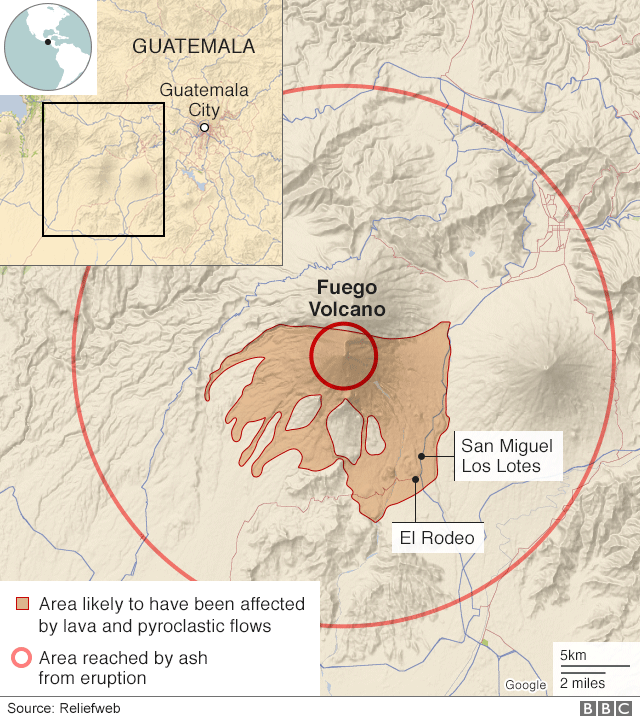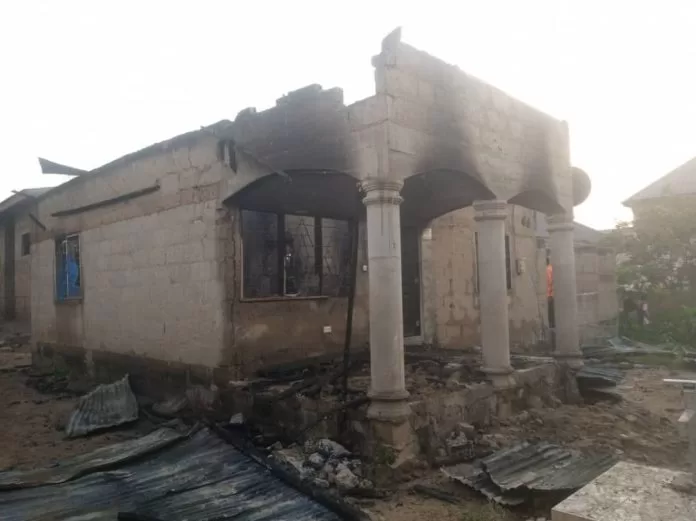Despite the efforts of rescue workers, nearly 200 people are still missing pic: REUTERS[/caption]
Opposition politicians in Guatemala want the head of the emergency response agency (Conred) to be dismissed.
They say Conred failed to heed advance warnings about Sunday’s deadly eruption of the Fuego volcano. A senior opposition figure, Mario Taracena, said the government should investigate whether there was criminal negligence. Ninety-nine people are now known to have died since Sunday, and nearly 200 others remain unaccounted for. Villages on the slopes were buried in volcanic ash and mud after Fuego erupted. Subsequent smaller eruptions and the high temperatures of the rock and mud debris have made search teams’ work extremely difficult. More than 1.7 million people have been affected, with more than 3,000 evacuated.
What is the emergency agency accused of?
Analysis by the BBC’s Will Grant in Guatemala The argument revolves around a crucial question: was the order to evacuate given clearly and with sufficient warning before Volcan de Fuego erupted on Sunday? The national institute for seismology and volcanology says that its conscience is clear, that it issued the relevant warning in plenty of time. It claims the responsibility for any failings lies with the civil emergency authority, Conred, which didn’t then act on its warnings. It has been shown that Conred’s Twitter feed as late as 11:00 on the morning of the eruption said that it wasn’t yet necessary to evacuate. The organisation has denied it was to blame and that when it did issue the alerts, they were ignored.
What about the search operation?
Of the 99 bodies recovered so far, only 25 have been identified. Rescue workers have had to cope with dust and smoke pic:REUTERS[/caption]
Rescue workers have had to cope with dust and smoke pic:REUTERS[/caption] Image copyrightAFP
Image copyrightAFP
How are the survivors faring?
There are 3,000 people being accommodated in temporary shelters out of the 12,000 who were evacuated from the area. Volunteers have been handing out food and other essentials to those affected, as well as to rescue workers. Mr Cabañas said that local residents had received training in emergency procedures but were not able to implement them because the initial volcanic activity happened too fast.
Deadly flow, as fast as a jet plane
By Paul Rincon, science editor, BBC News website Thousands have left their homes since the eruption Pic: REUTERS[/caption]
Thousands have left their homes since the eruption Pic: REUTERS[/caption]















